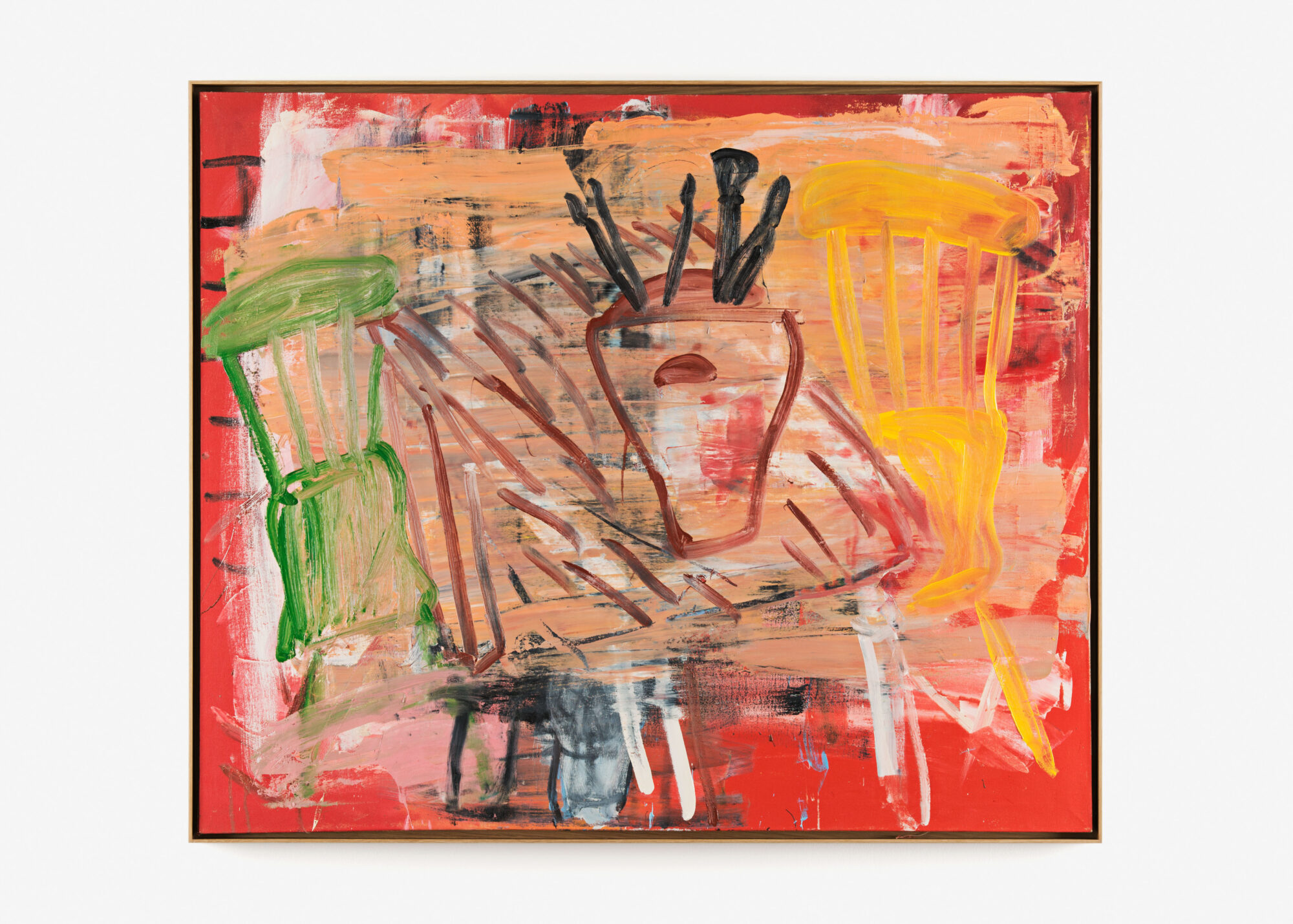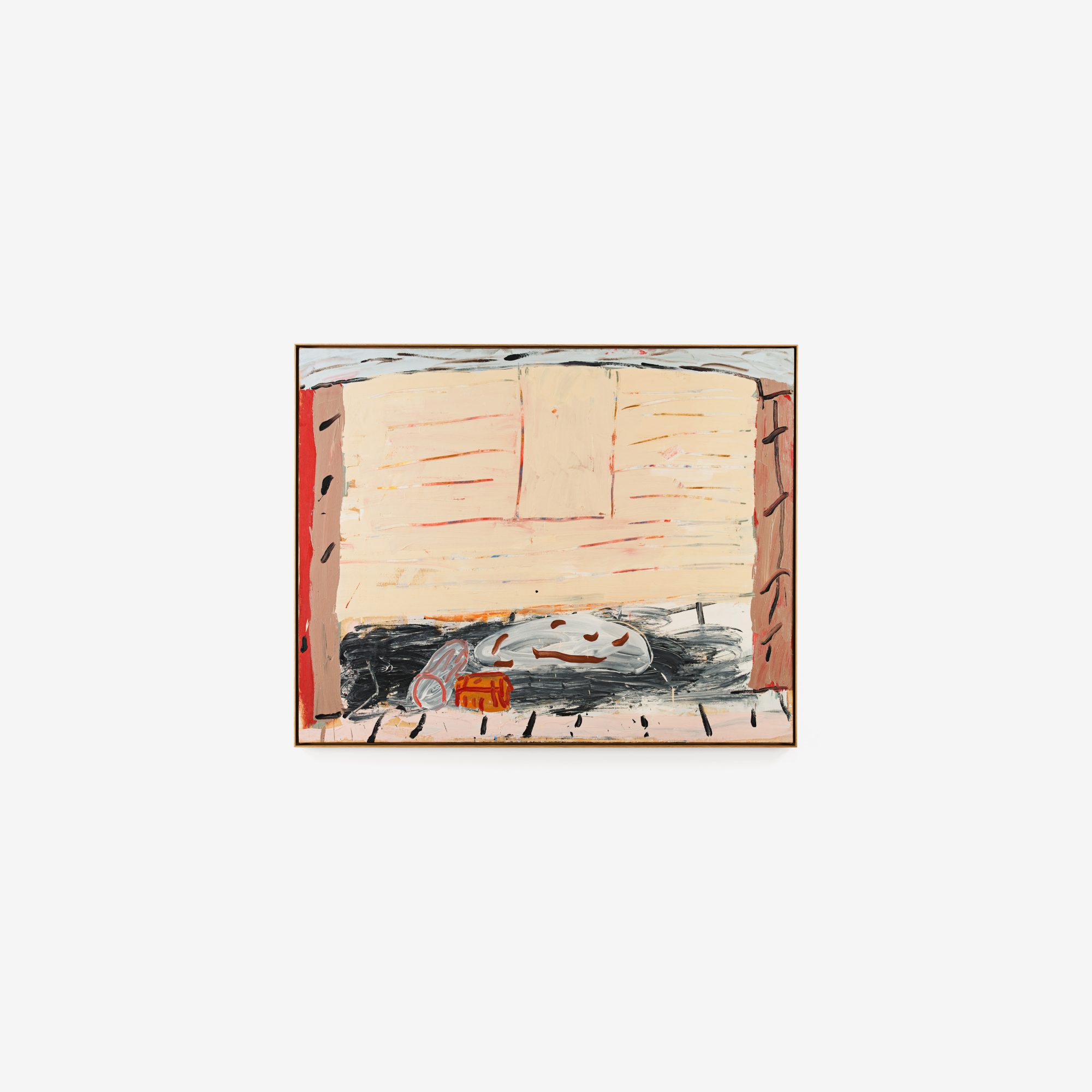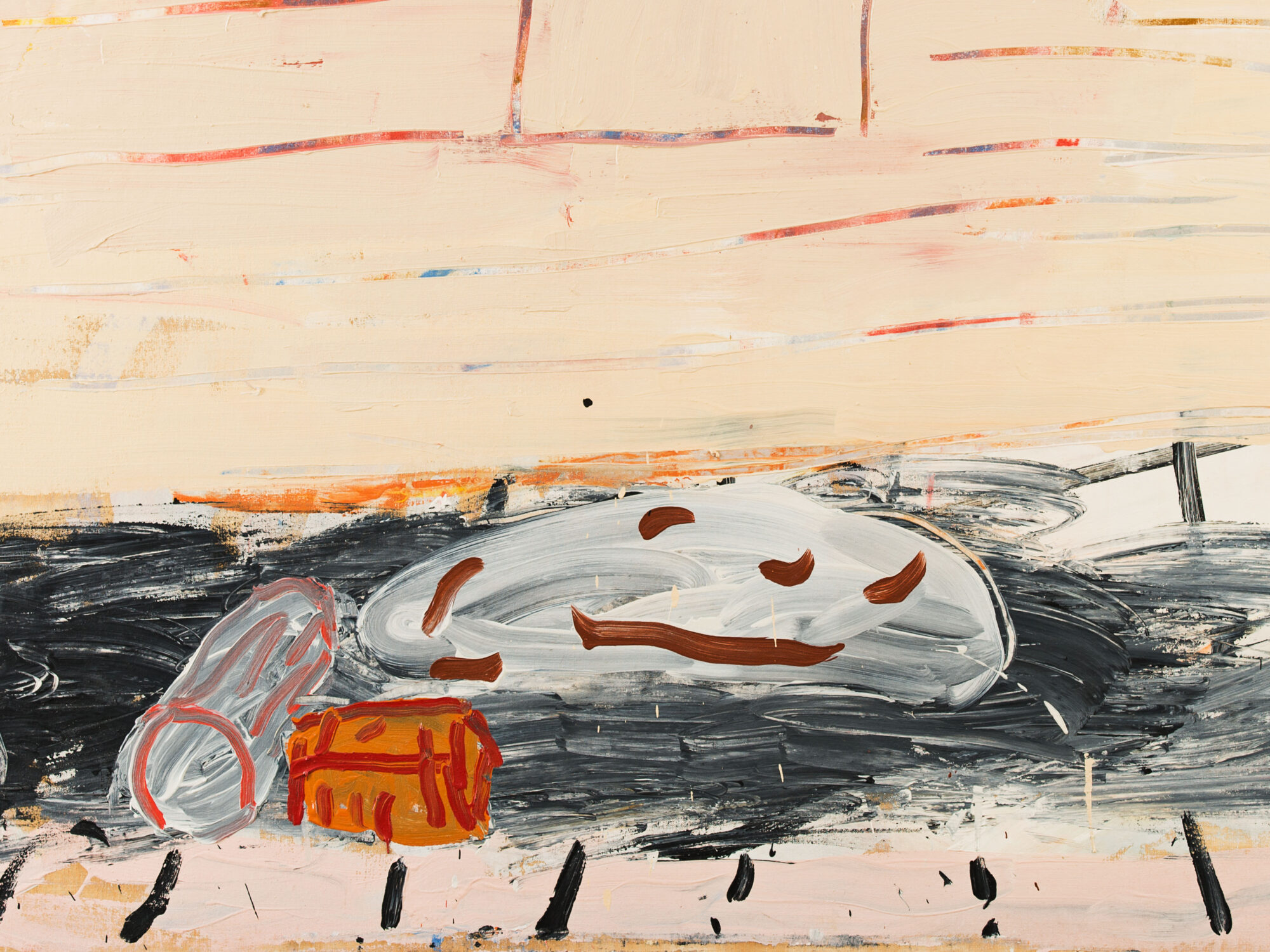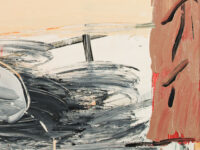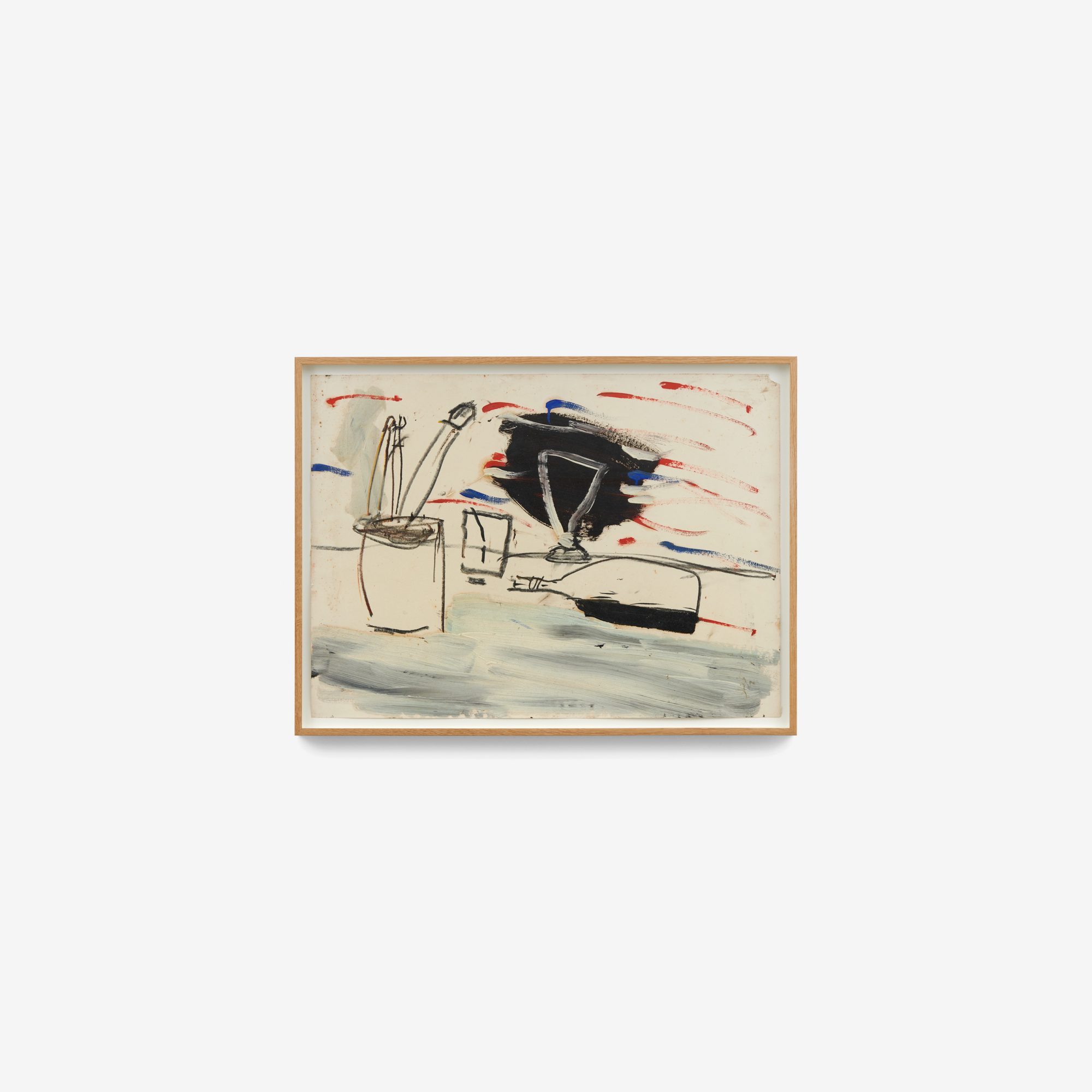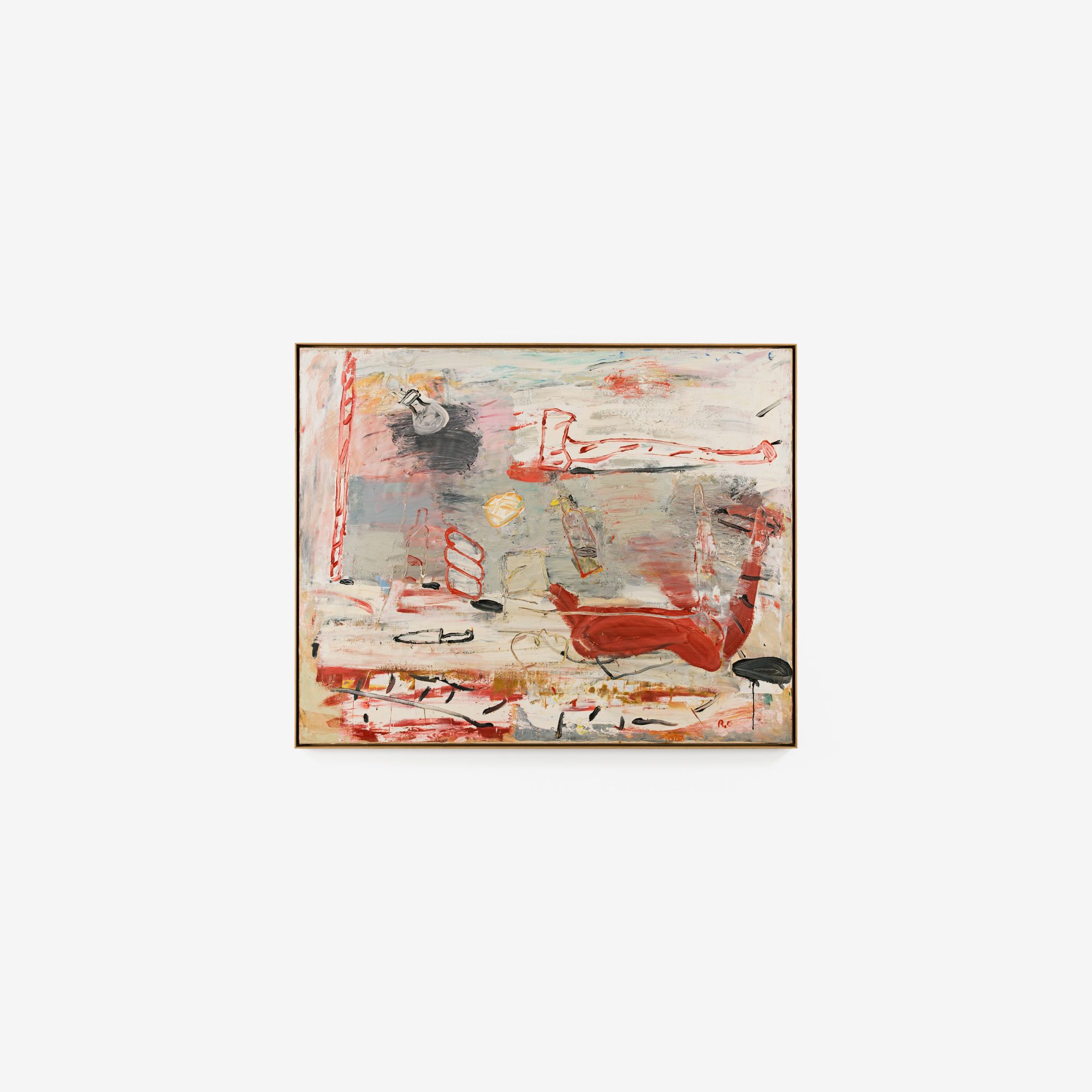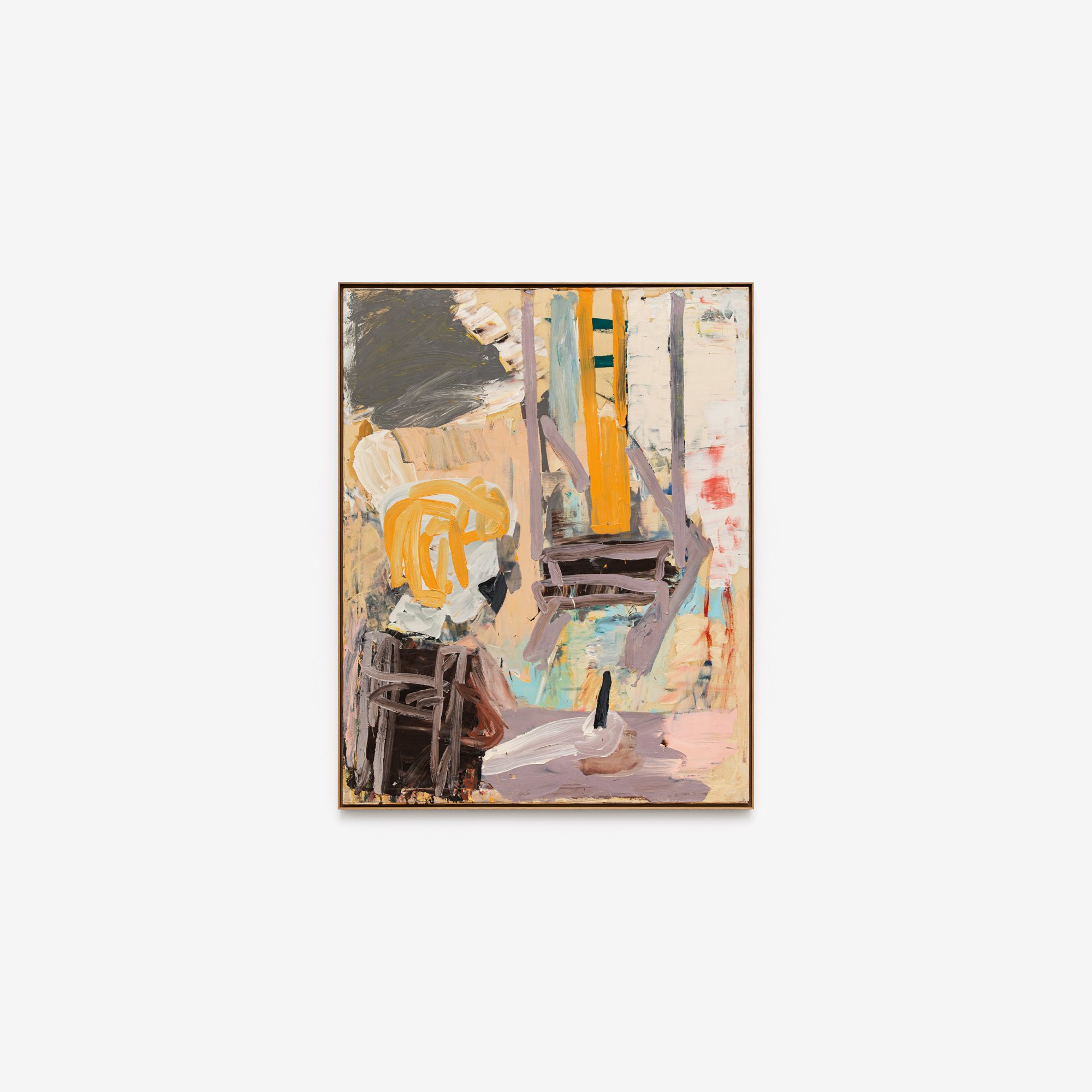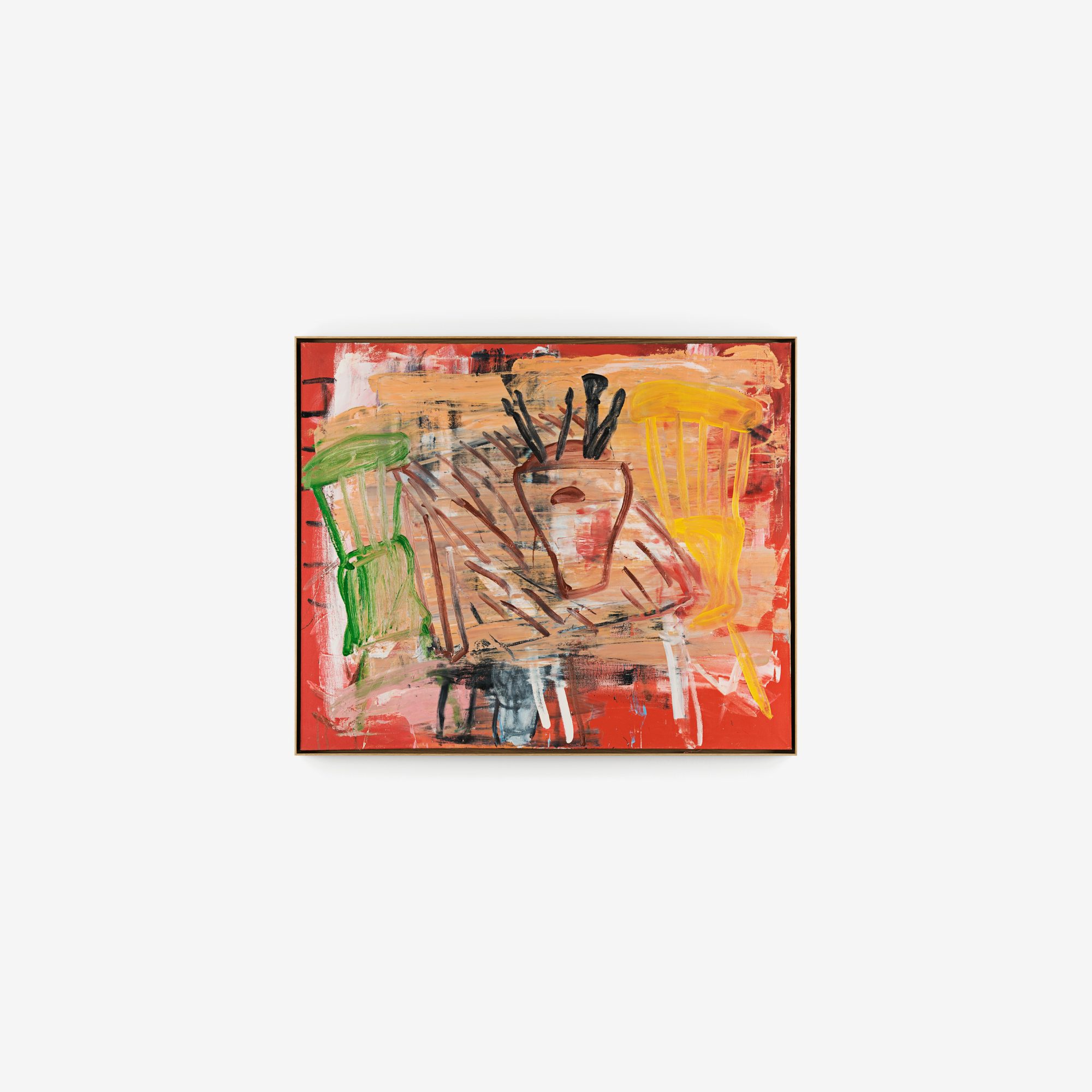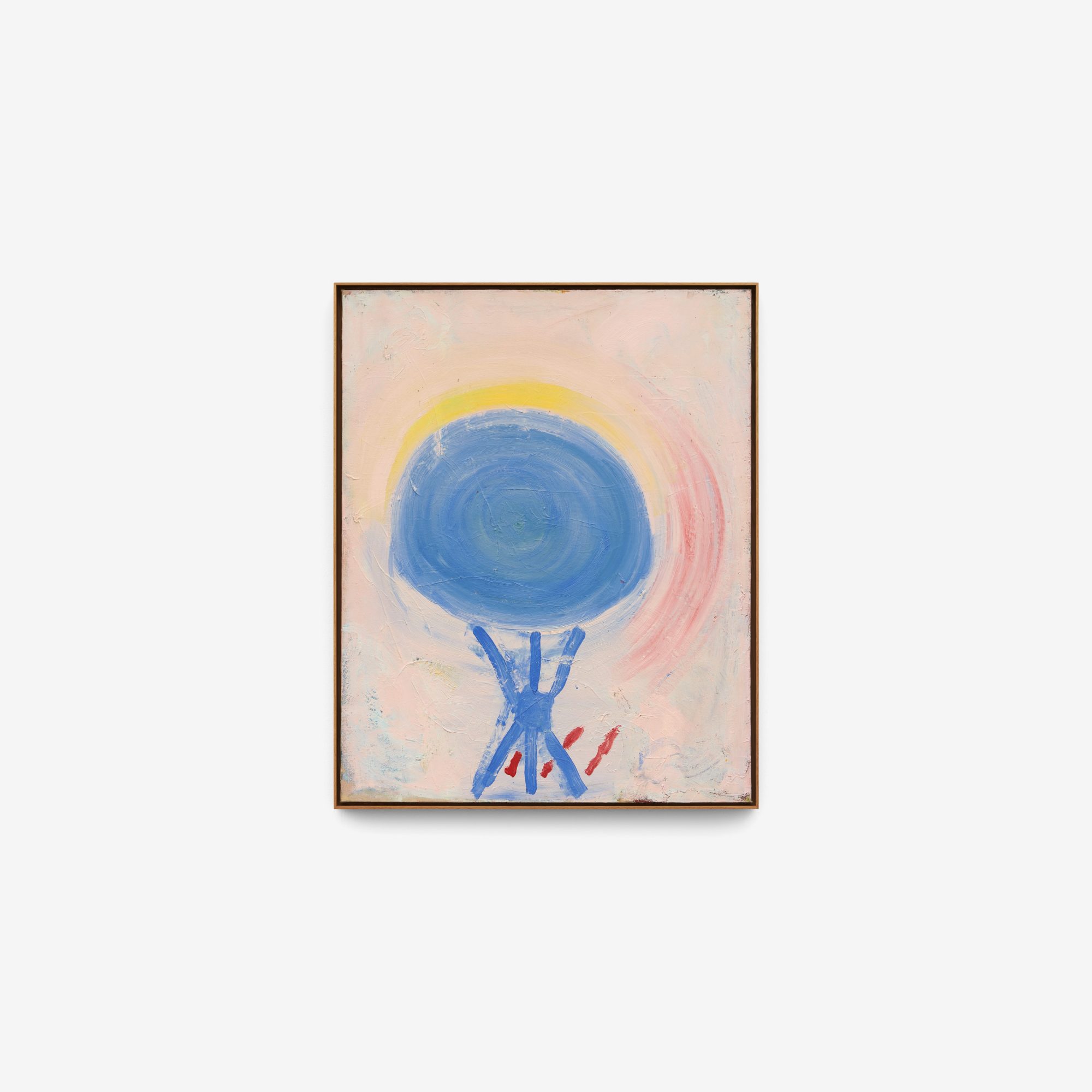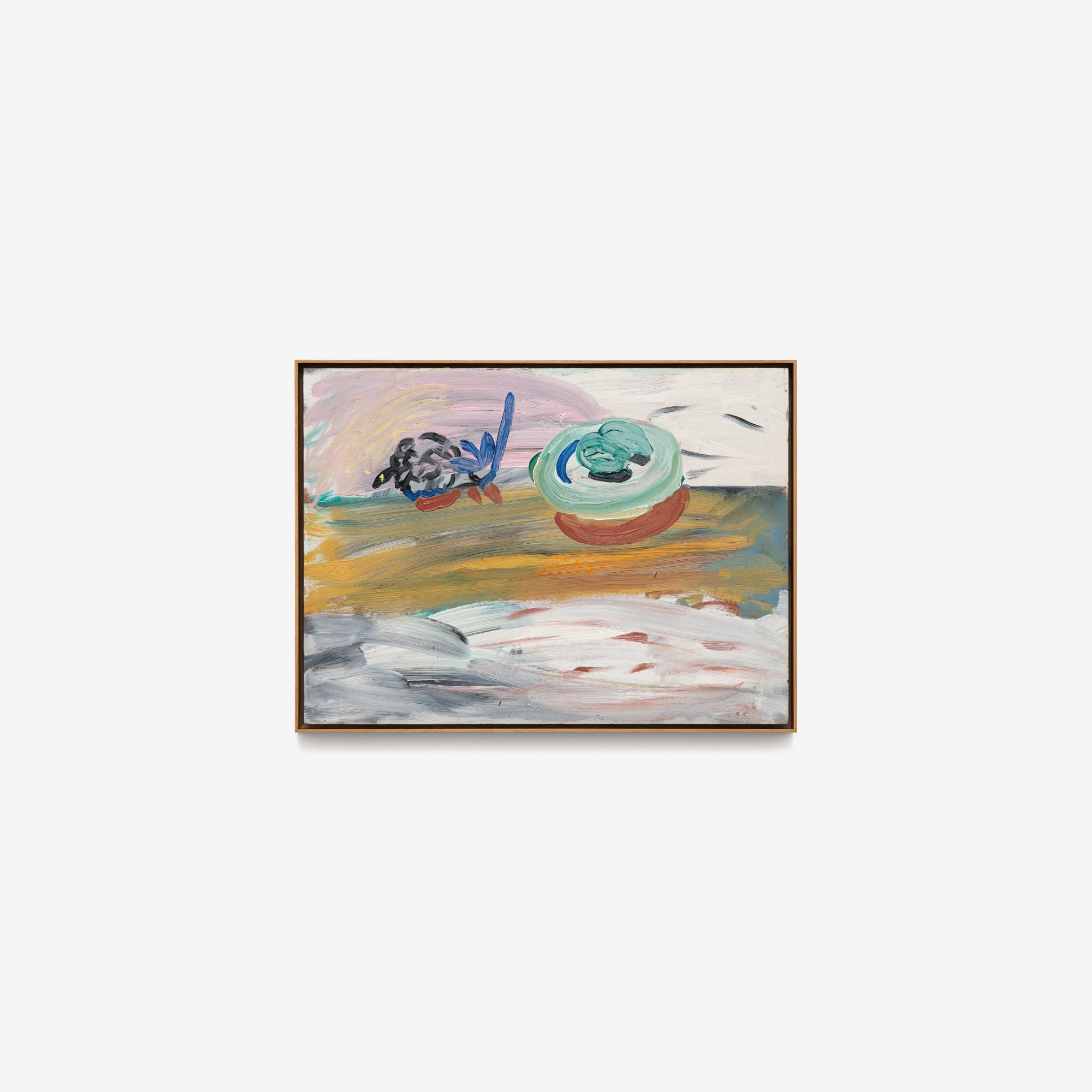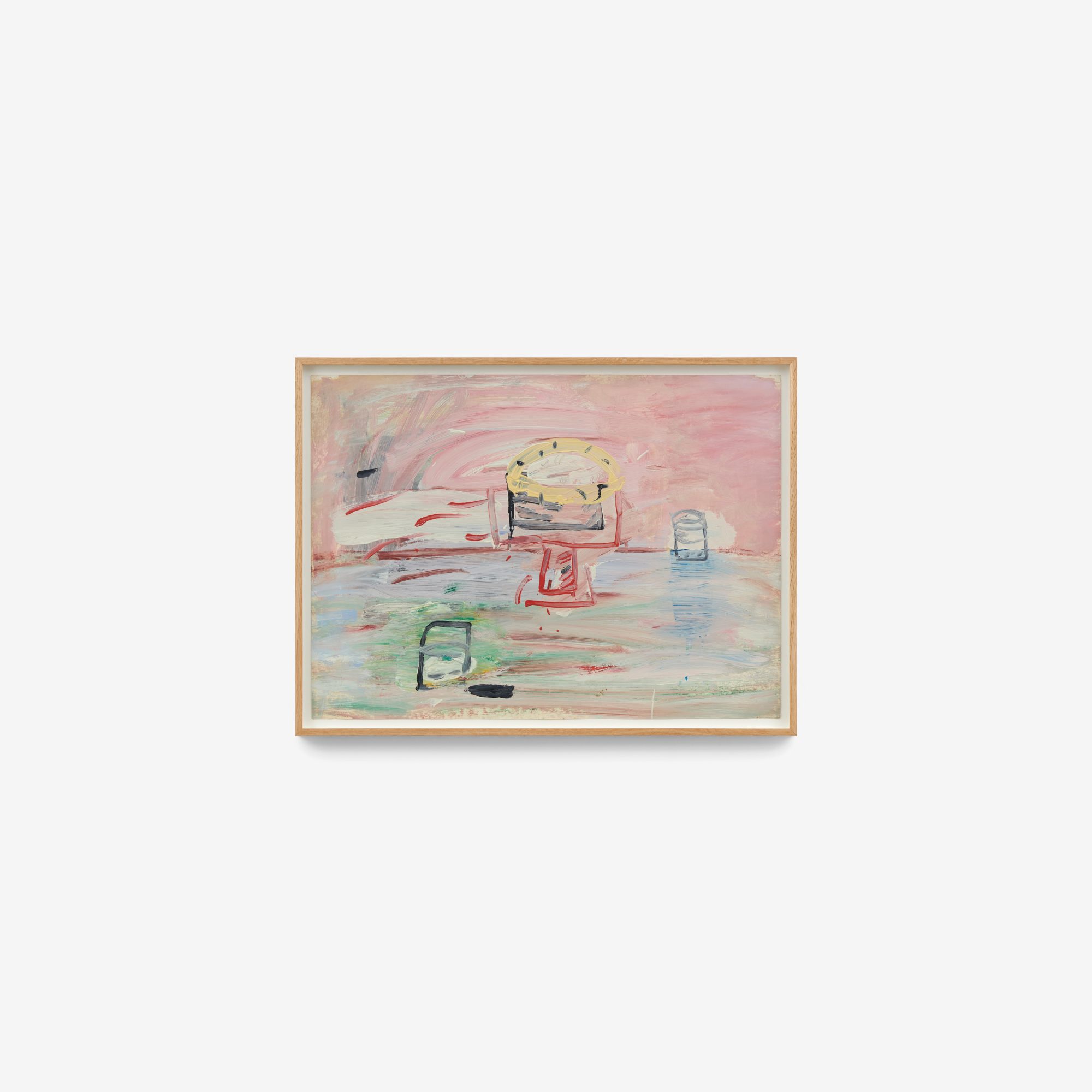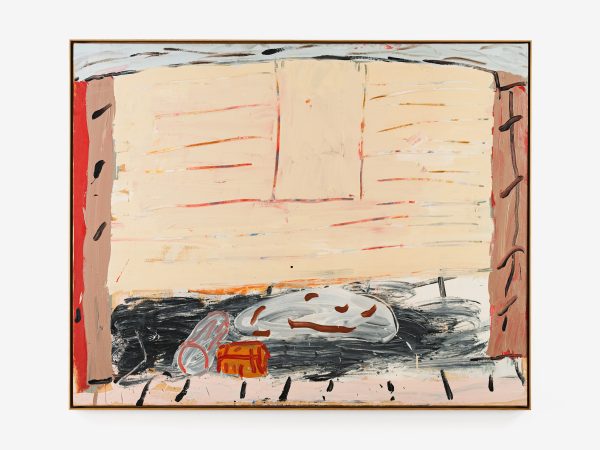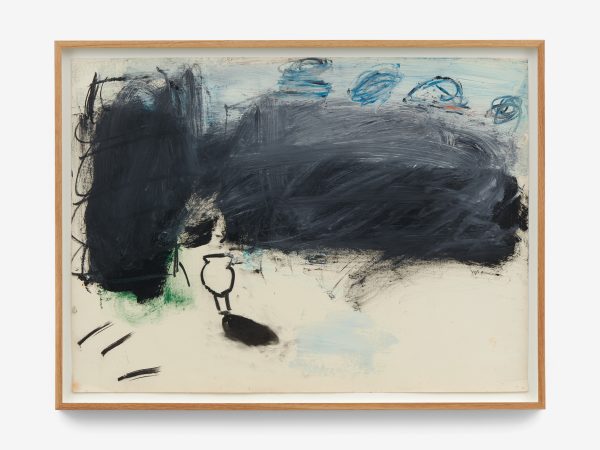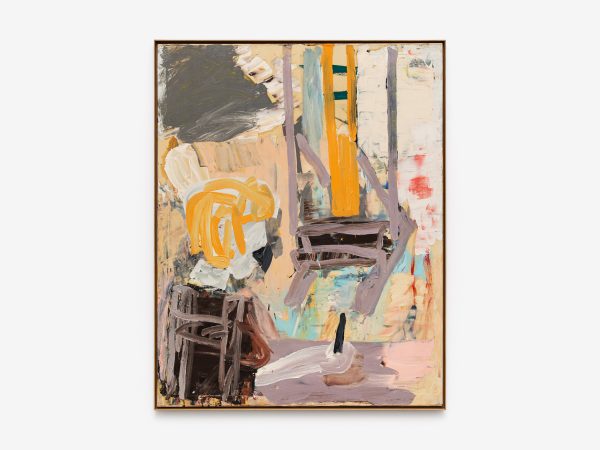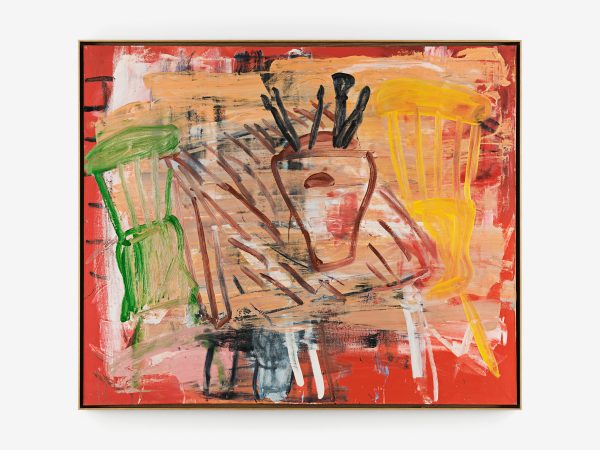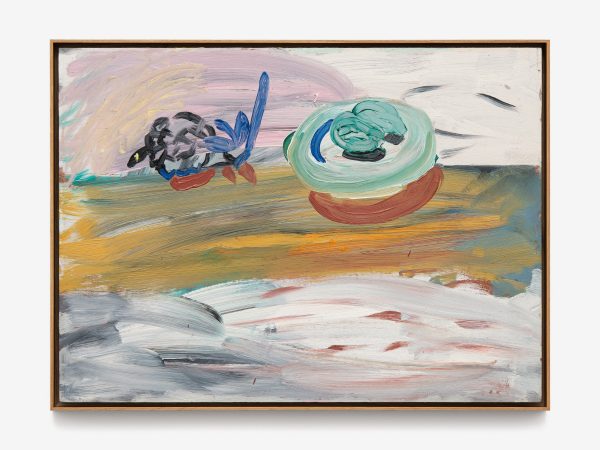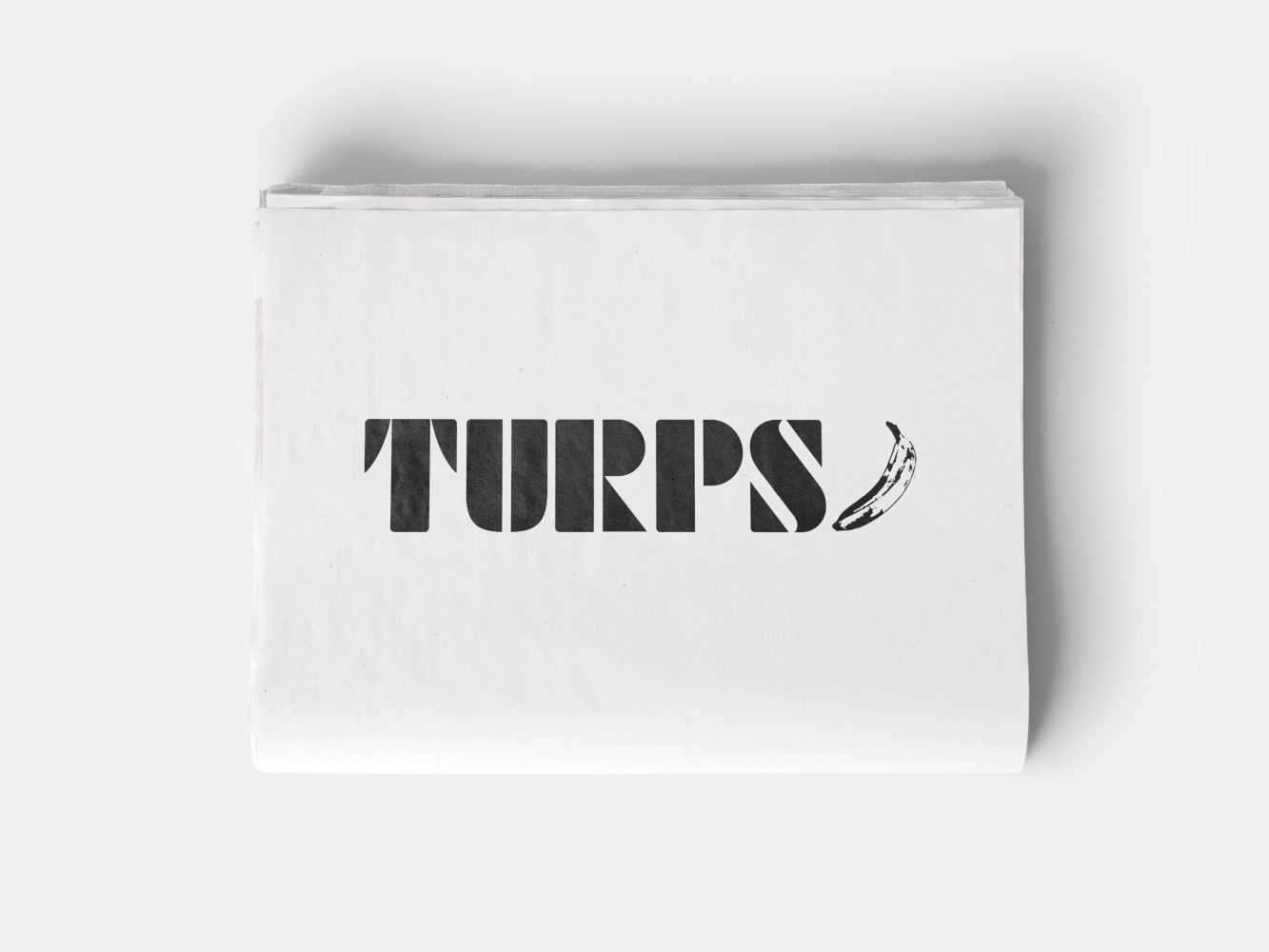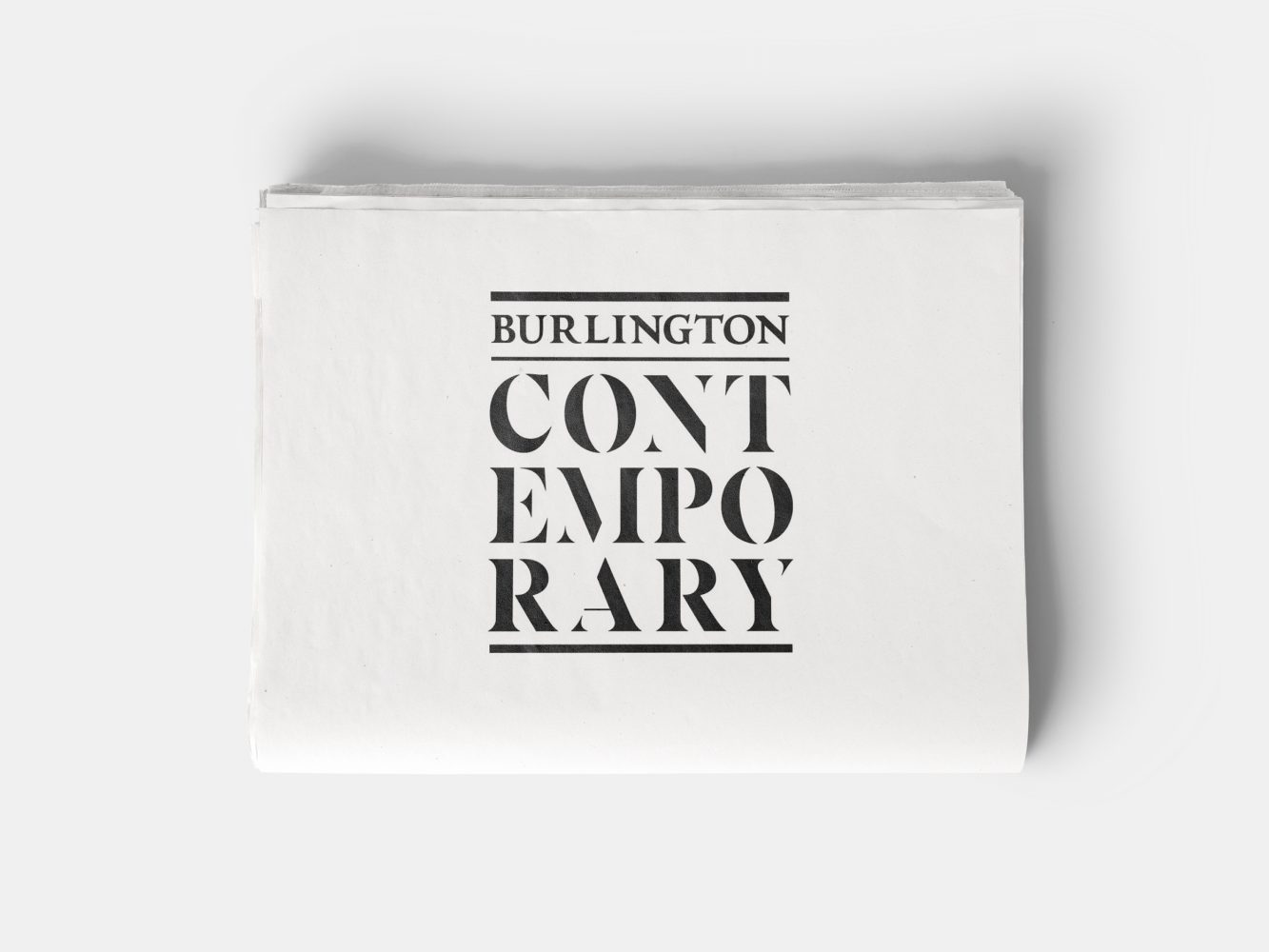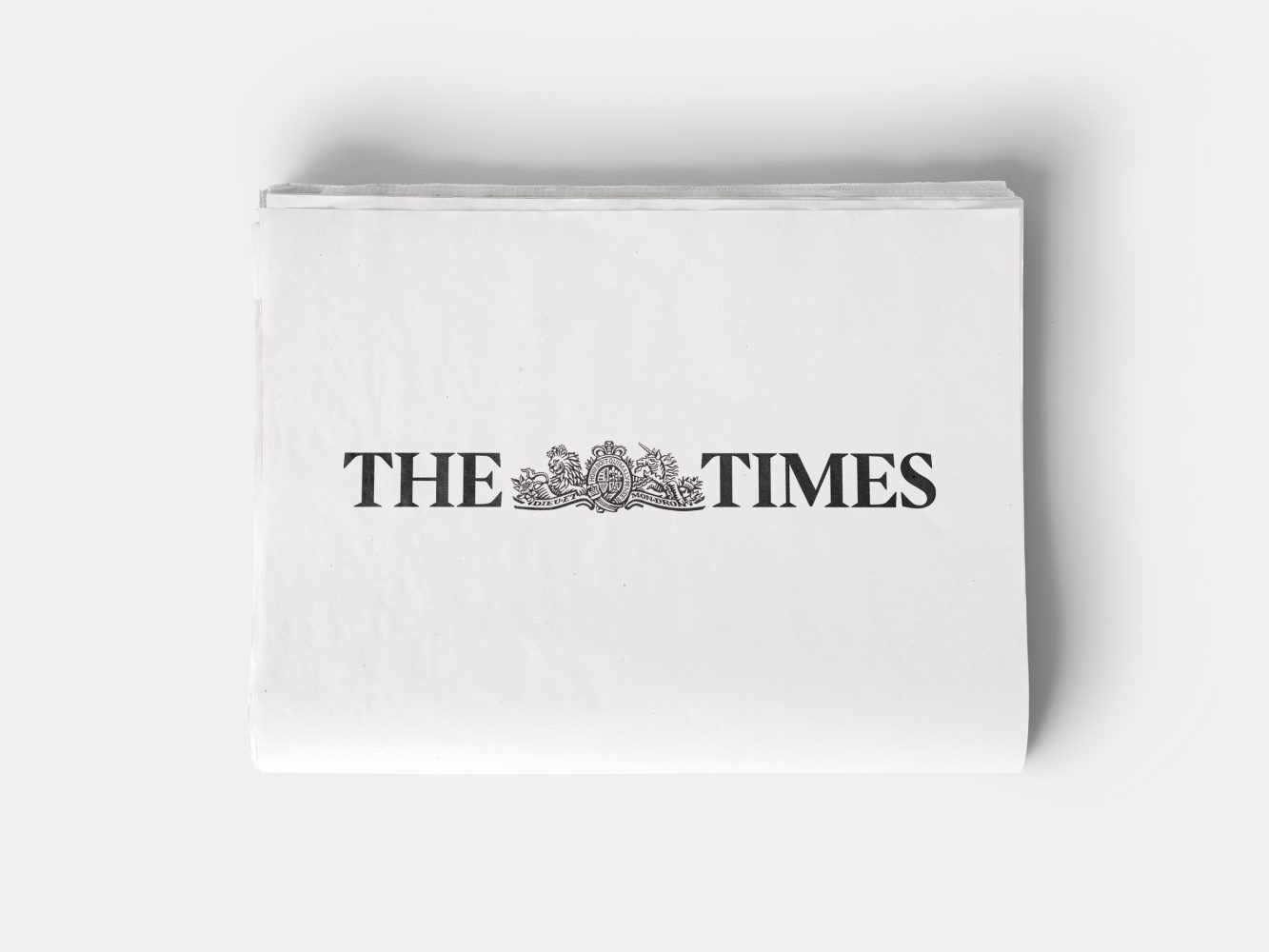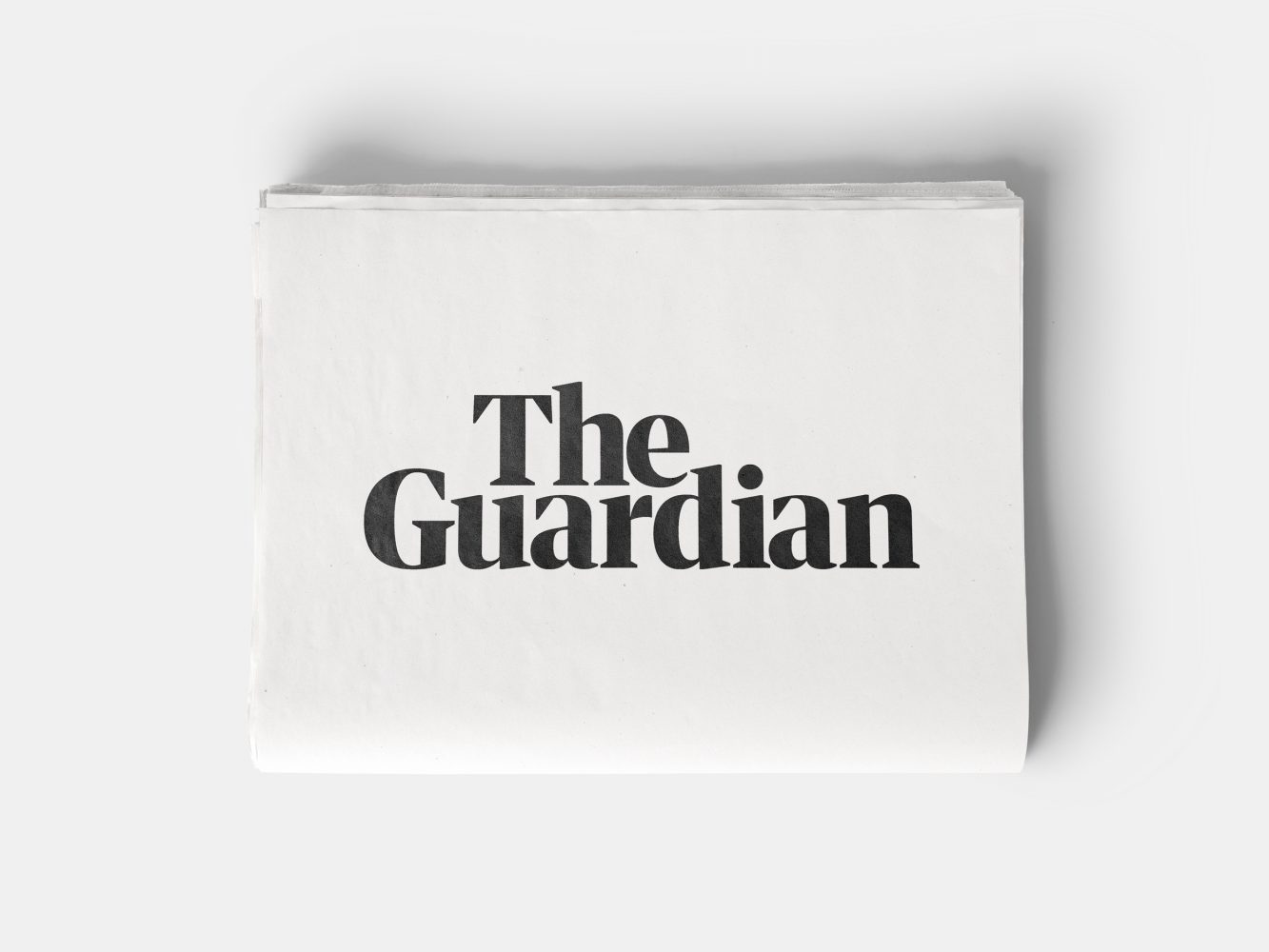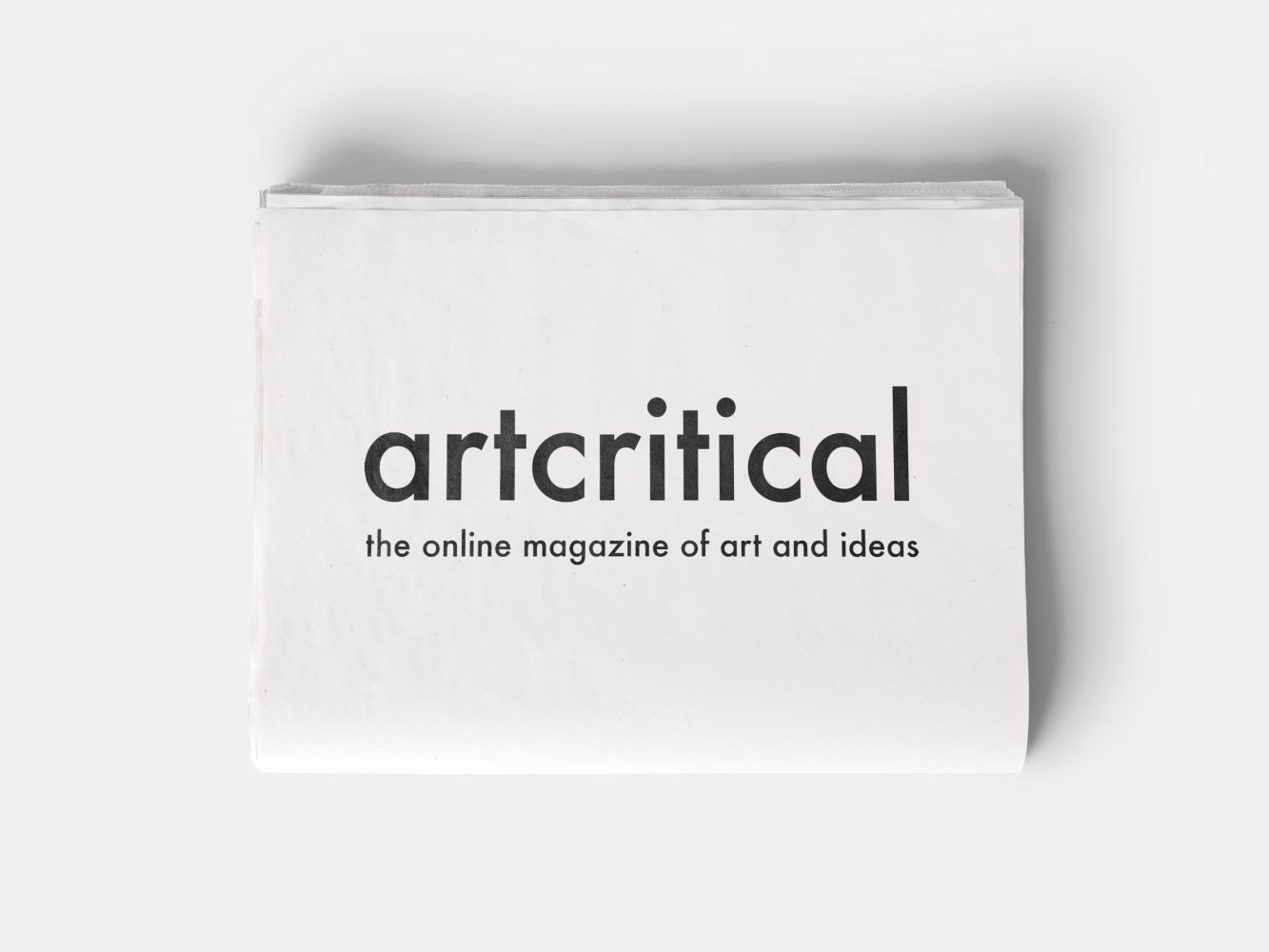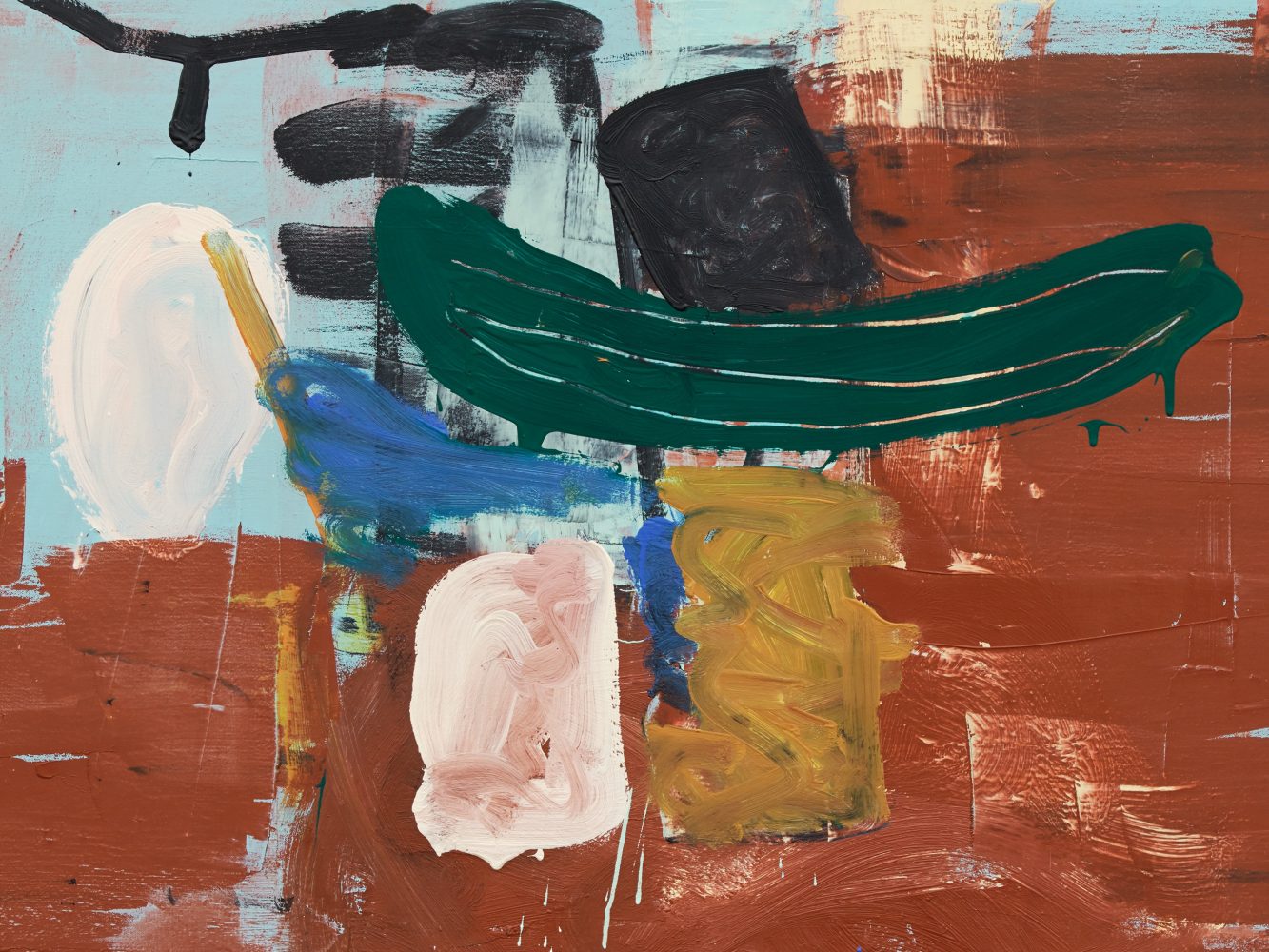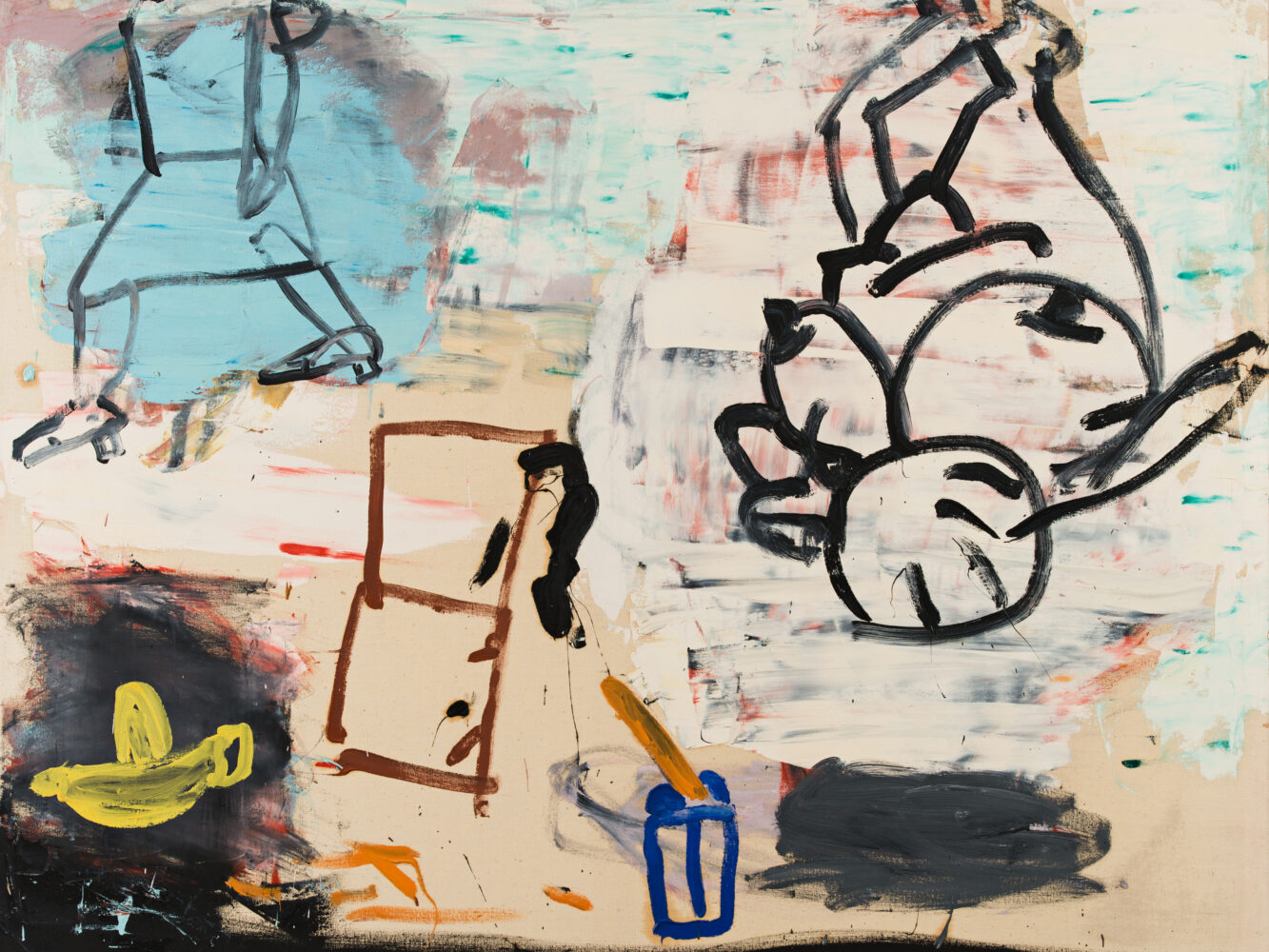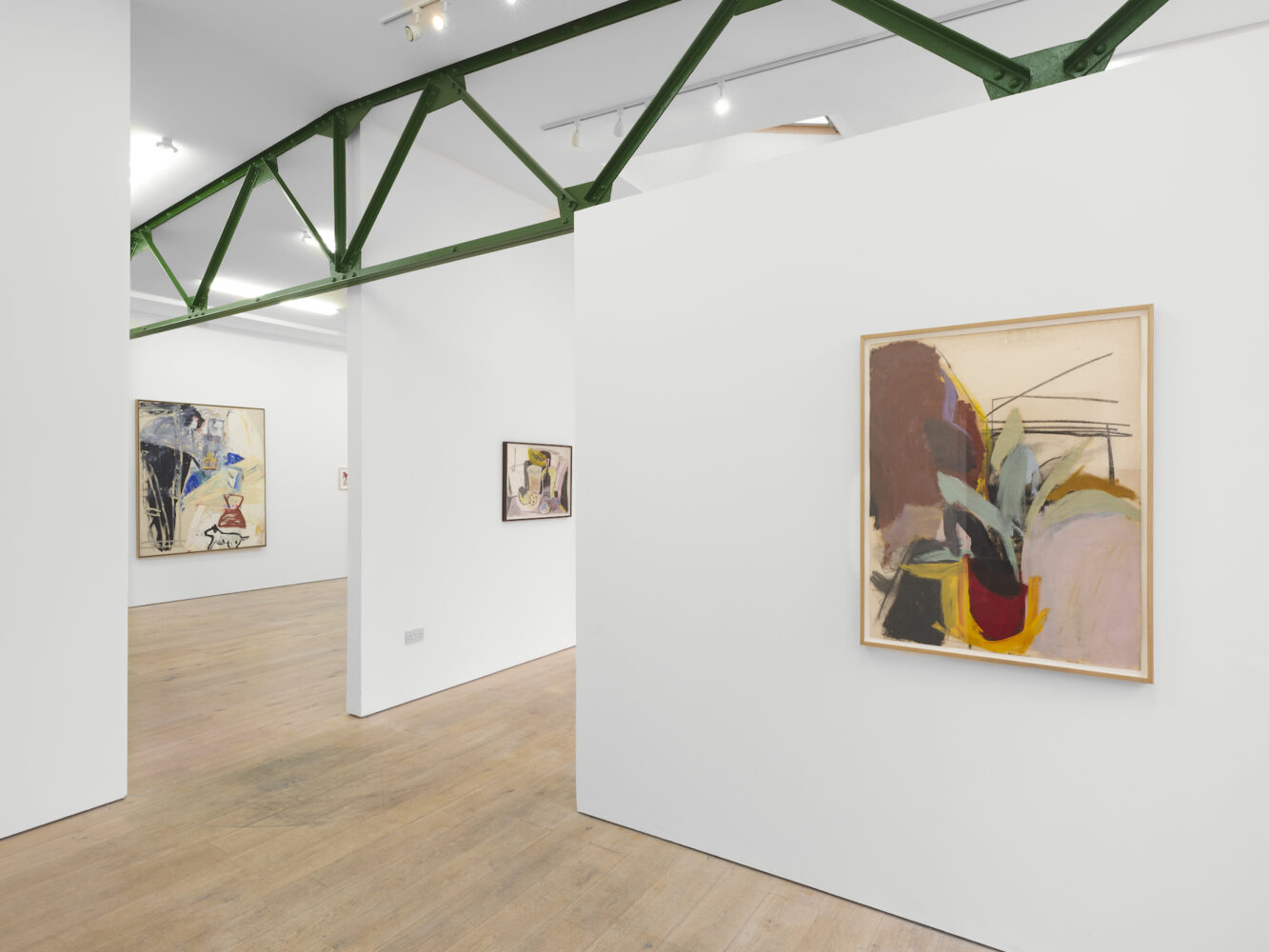Biography
Roy Oxlade (b.1929, London, UK; d.2014, Kent, UK), played a critical role in the history of twentieth–century British art. Having initially come to attention in the 1950s, he worked across six decades producing paintings and works on paper that were rooted by his experiences of the physical world around him. ‘The artist has to in some way defeat the inevitable,’ he commented. ‘I want authenticity, clarity and a certain peculiarity’.
Oxlade’s work is inextricably entwined with his home and studio in Kent, which formed the foundation of his pictures. Articulated by recurrent motifs – scissors, jugs, lemons, lamps – selected for their aesthetic and functional qualities, domesticity and ritual are central to his oeuvre. The artist’s wife, fellow painter Rose Wylie, also appears regularly in his pictures, in her role as lifelong muse. ‘Roy’s painting depended on personal imagery,’ she remarked. ‘He was very careful when selecting objects’.
Oxlade’s creative process was fuelled by instinct and immediacy – qualities that stood in opposition to what the artist termed ‘the artiness of art’. Although himself a prolific and hugely influential art educator, renowned for the summer schools he taught in Sittingbourne, Kent, Oxlade was wary of the ‘baggage of learning how to do things’. For him, the future of art meant going back to basics – of returning to ‘primitivism’. Drawing was a critical tool; he referred to the medium as the essence of his practice.
Creating clarity on the canvas was an important objective. Oxlade was keen to give his paintings a sense of narrative structure. However, the possibility of interpretation was vital. ‘I have no interest in the window–on–the–world kind of painting,’ Oxlade commented in an interview with Marcus Reichert in 2003. As a result, the artist described his pictures as offering a synthesis of thought, feeling and poetic imagination.
His unconventional and highly critical stance regarding what he thought passed for art flourished in the essays he published throughout his lifetime. He contributed regularly to Modern Painters, Art Monthly and The London Magazine. Oxlade also produced his own self–published pamphlets, Blunt Edge and Blunter Edge, which existed from 2001–2009. In 2010, Ziggurat Books published Art & Instinct, Selected Writings of Roy Oxlade.
